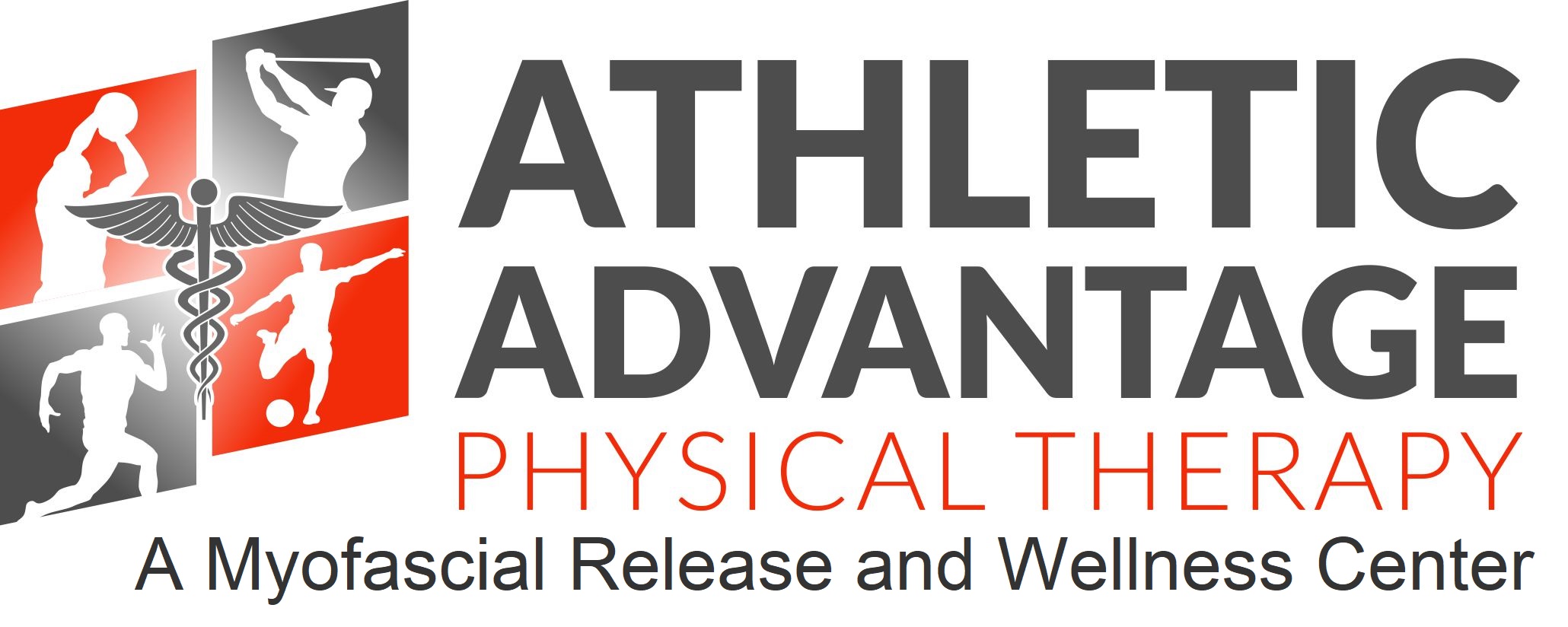Integrative Dry Needling is not Acupuncture! Dry Needling is based on Neuro-Anatomy and Modern scientific study of the musculoskeletal and neuromuscular systems. It is a highly effective treatment with the goal to bring tender, sensitive tissues, and irritated nerves back to a healthy, homeostatic state. Acupuncture is based on Ancient Chinese Medicine and focuses on energy points along Meridian lines of the body to balance their Chi, or life source.
How Does It Work?
A very fine filament needle is inserted through the skin and into the deeper tissues that are considered trigger points to your pain. Dry needling works by causing a micro lesion within the pathological tissue thus breaking up shortened tissues, inhibiting a reflex arc from the nervous system to the tissue, normalizing the inflammatory response, and centrally mediating the pain. Physiological reactions then occur to bring homeostasis back to the tissues and cause the “pain cycle” to end. Benefits include:
- Pain reduction
- Range of motion improvement
- Faster healing times
- Improves blood circulation
- Resetting the system or breaking the “Pain-Cycle”
What Conditions Benefit from Dry Needling?
- Neck pain
- Back pain
- Shoulder pain
- Arm pain (tennis elbow, carpal tunnel, golfer’s elbow)
- Headaches to include migraines and tension-type headaches
- Jaw pain
- Buttock pain
- Leg pain (sciatica, hamstrings strains, calf tightness/spasms)
Is the Procedure Painful?
The fine filament needle is very thin, solid, and flexible, which allows for the needle to be pushed through the skin versus cutting the skin. This helps reduce any discomfort that may occur with the procedure. We strive to make the treatment virtually painless; however, at times a local twitch response of the muscle may be felt. When the needle is inserted into the pathological tissue the local twitch response sensation is normal and is felt only momentarily. Many patients describe this twitch response as a little electric shock, cramp or an ache sensation. These sensations are perfectly normal and even a desirable response.
How Will I Feel After the Dry Needling Treatment?
This will vary, but many patients experience immediate relief of their symptoms and an increase in their range of motion. Soreness can also be a common response from the needling but does not occur with all people. Some individuals may experience an immediate achiness or a delayed soreness the next day. The soreness, if present, will usually last 1-2 days, use of heat and light massage and movement will be beneficial. Mild bruising may occur at the needling sites and is more prevalent in certain parts of the body. Larger bruising may also occur however it is rare.
Your therapist will use techniques to help you be as comfortable as possible with your Dry Needling treatment.
How Many Treatments Will I Need?
It depends on the state of the injured tissue, nerve irritation, and your overall health. Remember we are attempting to cause mechanical and biochemical changes without any pharmacological means. Therefore, we are looking for a cumulative response to break the pain cycle. Your personalized physical therapy program will still integrate traditional physical therapy methods including manual therapy, therapeutic exercise, endurance training, stabilization and posture training.
Is Dry Needling Treatment Covered by My Insurance?
This is a Physical Therapy treatment and is NOT acupuncture therefore your coverage of Dry Needling should correspond with your Physical Therapy benefits. You can discuss this further with our administrative staff if you require more information. Please contact us at (740) 549-7041 or visit our contact us page on our website.


